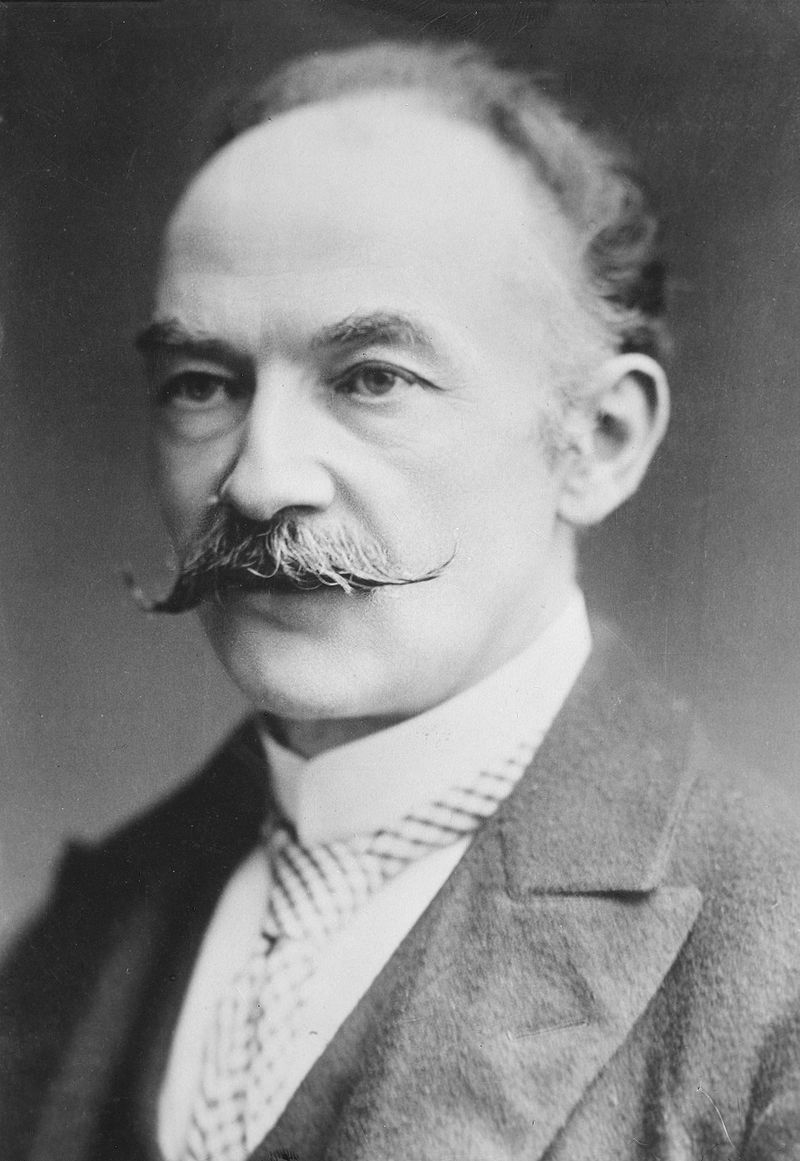
Jennifer Williams Class of 1997
Jennifer Sabatini Class of 1997
(Source) Gettysburg College Edu
Blogger Ref http://www.p2pfoundation.net/Multi-Dimensional_Science
Wikpedia pic source
As a child, Thomas Hardy heard various stories of supernatural occurrences from the family servants, rustics from the village, and his own mother who believed she once saw a ghost. Thus, Hardy learned to believe in the supernatural and to accept the superstitious ways of the rustic people. During an interview with William Archer, Hardy expressed, "when I was a younger man, I would cheerfully have given ten years of my life to see a ghost, - an authentic, indubitable spectre". Because of the superstitious influence of his upbringing and his own desire to believe, elements of weirdness, superstition, and magic play an interesting role in Hardy's works. Specifically, Hardy incorporated aspects of superstition and witchcraft into his writings. Such elements provide the reader with an understanding of how Hardy perceived his world.
Many small aspects of superstition exist within the writings of Hardy. In Return of the Native, the reader is introduced to Diggory Venn, the Reddleman. A reddleman unearths red clay which is used as a dye for sheep's wool. Because the reddleman works so much with this substance, his skin takes on a reddish hue and thus, red associating him with the devil, he becomes the "boogeyman " of the rustic people. Other examples of superstition include the evil eye, the magic of a sixpence, and dairy witchcraft. In his 1901 interview with Archer, Hardy stated that "The belief in the evil eye subsists in full force." Johnny Nunsuch of The Return of the Native felt safe as he carried his sixpence because the coin was supposed to bring good luck and protect against witchcraft. Johnny becomes frightened when he happens upon Diggory Venn, the Reddleman, because the child realizes that he has lost his guardian sixpence. The country people held many superstitions regarding the production of milk and cheese. The "magic" that these superstitions are based on is known as dairy witchcraft. For example, in Tess of the d'Urbervilles after Tess arrives at Talbothays, the cows cease to produce milk. The milkers blame this unexplainable phenomena on the newcomer, believing that the milk went directly to the horns of the cows. They thus resort to song as a device to start the cows milking again.
Hardy uses slight witch imagery when describing his strong female characters because, according to Gayla Steel, he is hiding his examination of their independence and sexuality within these images. Unlike the stereotypical, Victorian "Angel in the House", Bathsheba, Eustacia, and Rhoda are strong, tall, and dark. For example, in The Return of the Native Hardy calls Eustacia "Queen of the Night" and describes her as having a "dark beauty." Because these women are strong, passionate, and set apart from society, their neighbors denounce them as witches. An example of this fear of the different occurs in The Return of the Native when Susan Nunsuch accuses Eustacia as being in league with the "dark one." As a retaliation against the supposed witch, Eustacia, Susan pricks her in church and creates a wax effigy (a voo-doo doll) in her likeness. Susan pricks Eustacia to see if she bleeds; it was said that if a woman did not bleed when pricked, she was a witch.
Although the self-sufficient women of Hardy's world are branded as witches, the men who possess special knowledge and skills are looked upon favorably. Some of these "conjurors" have a bond with nature that gives them an innate sense of time and weather. Specifically, Reverend Swancourt in A Pair of Blue Eyes claims that the farmers of Endelstow can tell time to the fraction of an hour by looking at shadows, winds, clouds, the movements of sheep and oxen, the singing of birds, the crowing of cocks (ch. 14). Similarly, Gabriel Oak of Far From the Madding Crowd maintains a closeness to the land and has the ability to observe all that surrounds him. These skills give Oak a great understanding of natural forces which, in chapter thirty-seven, he uses to predict an oncoming storm. Oak notices a garden-slug that has crept inside, "It was Nature's second way of hinting to him that he was to prepare for foul weather" (ch. 37). Diggory Venn of The Return of the Native is another man close to nature whose "isolated and weird character" (book 6, ch. 3) has such a great tie with the heath that he seems to be an extension of it. In addition to Oak and Venn, Hardy creates two characters who are literally conjurors practicing "white magic." Conjuror Trendle appears in the short story "The Withered Arm" and the other conjuror, Fall, appears in The Mayor of Casterbridge. Both men are looked upon by their communities as wise, talented, and helpful. Although they practice "magic", Trendle and Fall are never humiliated by a test of pricking, nor are they ever associated with the devil. Unlike the strong women characters, Oak, Venn, Conjuror Trendle and Conjuror Fall are praised and rewarded by Hardy for their talents.
Bibliography
Archer, William. "Real Conversations: Conversation 1. - With Mr. Thomas Hardy." The Critic, 38 (April, 1901), 309-318.
Steel, Gayla R. Sexual Tyranny in Wessex. New York: Peter Long Publishing Inc., 1993.
No comments:
Post a Comment